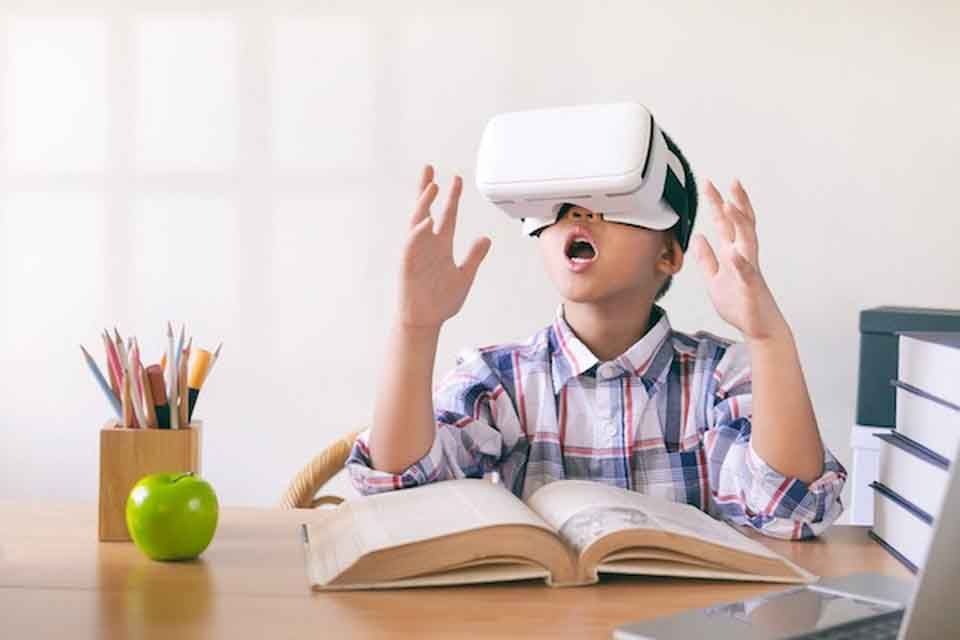Education
- Immersive Learning Environments
One of the most compelling aspects of VR in education is its ability to create immersive learning environments. With VR headsets, students can step into historical events, explore far-off places, or even travel through the human body on a microscopic scale. These experiences allow learners to engage with the subject matter in a way that traditional textbooks or lectures simply cannot match.
For example, history students can virtually visit ancient civilizations, science students can observe chemical reactions up close, and geography students can explore diverse landscapes. This immersion enhances retention and comprehension, making it easier for students to grasp complex concepts.
- Personalized Learning Paths
Virtual reality also enables personalized learning experiences. Educational VR applications can adapt content based on a student's progress and learning style. Through AI algorithms, VR platforms can identify areas where a student may be struggling and provide additional support or offer more challenging material to those who excel. This level of customization ensures that every student can learn at their own pace, fostering a more inclusive and effective educational environment.
- Enhancing Collaboration
VR technology can facilitate collaboration among students and educators, regardless of their physical location. Virtual classrooms and meeting spaces enable real-time interaction and teamwork, making it easier for students to engage in group projects, discuss ideas, and receive immediate feedback from instructors.
- Access to Remote Learning
VR can bridge geographical gaps and provide access to education in remote or underserved areas. Students in rural communities or developing countries can access high-quality educational content and experiences that were previously unavailable to them. This democratization of education has the potential to narrow the global educational divide.
- Overcoming Learning Disabilities
For students with learning disabilities, VR can offer tailored solutions. Specialized VR applications can provide alternative methods of learning, helping students with dyslexia, ADHD, or autism to engage with educational content more effectively. Visual and auditory cues in VR environments can be adjusted to suit individual needs.
Conclusion
Virtual reality is transforming education by creating immersive, personalized, and interactive learning experiences. As this technology continues to advance, it has the potential to revolutionize the way we teach and learn, making education more accessible, engaging, and effective for students of all ages and backgrounds. While there are challenges to overcome, such as the cost of VR equipment and the need for quality content, the benefits of integrating VR into education are undeniable. As VR becomes more widely adopted, we can expect to see a profound shift in the way knowledge is acquired and shared in the classrooms of the future.
Connect with Us
Use the contact form below to get in touch with our Virtual Reality team. We're happy to answer any questions you may have and help bring your VR project to life.

